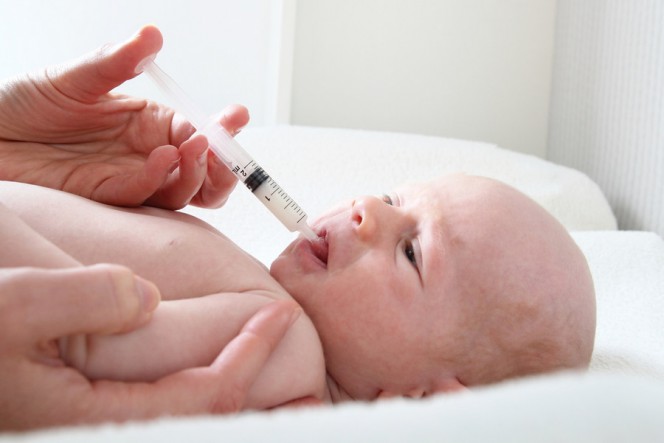
Izmantotā literatūra: 7
Aasheim V, Nilsen ABV, Lukasse M et al (2011). ‘Perineal techniques during the second stage of labour for reducing perineal trauma’. Coch Data Sys Rev, 12: CD006672. DOI: 10.1002/14651858.CD006672.pub2.
Aderhold K and Roberts JE (1991). ‘Phases of second stage labor: four descriptive case studies’. Jour Nurse- Midwif, 36(5): 267-275.
Aldrich C, D’Antona D, Spencer JAD et al (1995). ‘The effect of maternal pushing on fetal cerebral oxygenation and blood volume during the second stage of labour’. Brit Jour Obs Gyn, 102(6): 448-458.
Bergström L (1997). ‘”I gotta push. Please let me push”: social interactions during the change from the first to second stage of labour’. Birth, 24(3): 173-180.
Borrelli SE, Locatelli A and Nespoli A (2013). ‘Early pushing urge in labour and midwifery practice: a prospective observational study at an Italian maternity hospital’. Midwif, 29(8): 871-875.
Bosomworth A and Bettany-Saltikov J (2006). ‘Just take a deep breath: a review to compare the effects of spontaneous versus directed Valsalva pushing in the second stage of labour on maternal and fetal well- being’. MIDIRS Midwif Dig, 16(2): 157-165.
Downe S, Trent Midwives Research Group, Young C et al (2008). ‘The early pushing urge: practice and discourse’. In: Downe S (ed.). Normal childbirth: evidence and debate, 2nd edition. London: Churchill Livingstone: Elsevier.
Kopas LM (2014). ‘A review of evidence-based practices for management of the second stage of labour’. Jour Midwif Wom Health, 59(3): 264-276.
NICE (2014). Intrapartum care: care of healthy women and their babies during childbirth. NICE clinical guideline 190, London: NICE.
Prins M, Boxem J, Lucas C et al (2011). ‘Effect of spontaneous pushing versus Valsalva pushing in the second stage of labour on mother and fetus: a systematic review of randomised trails’. BJOG, 118(6): 662-670.
Roberts J, Goldstein S, Gruener JS et al (1987). ‘A descriptive analysis of involuntary bearing-down efforts during the expulsive phase of labor’. Jour Obs, Gyn Neon Nursing, 16(1): 48-55.
Tieks FP, Lam AM, Matta BF et al (1995). ‘Effects of valsalva maneuver on cerebral circultation in healthy adults: a transcranial doppler study’. Stroke, 26(8): 1386-1392.
Yildirim G and Beji NK (2008). ‘Effects of pushing techniques in birth on mother and fetus: a randomized study’. Birth, 35(1): 25-30.













